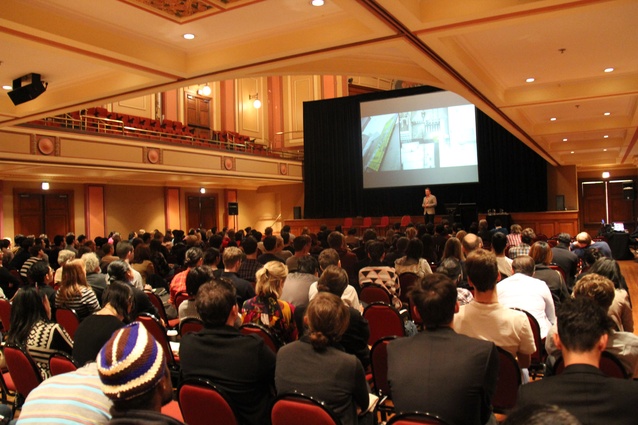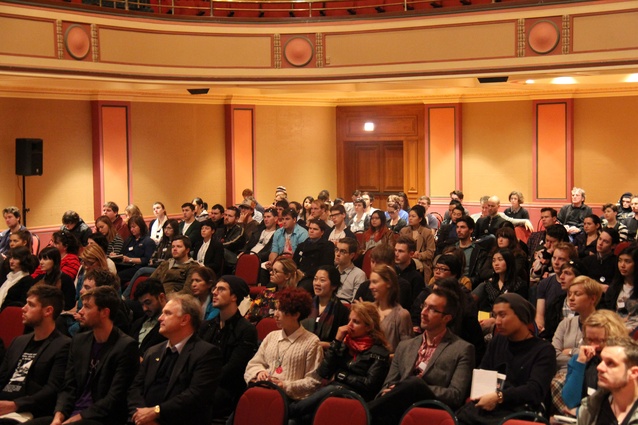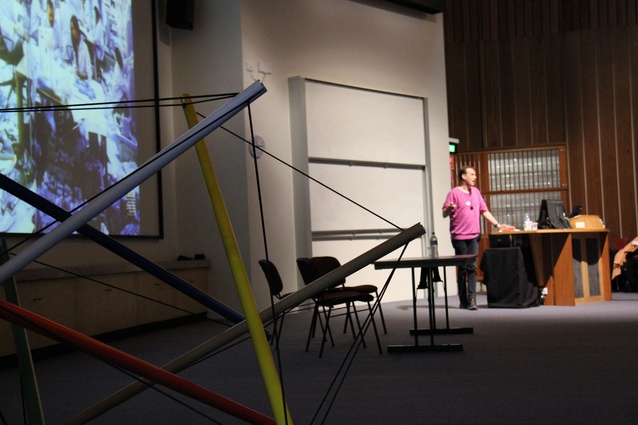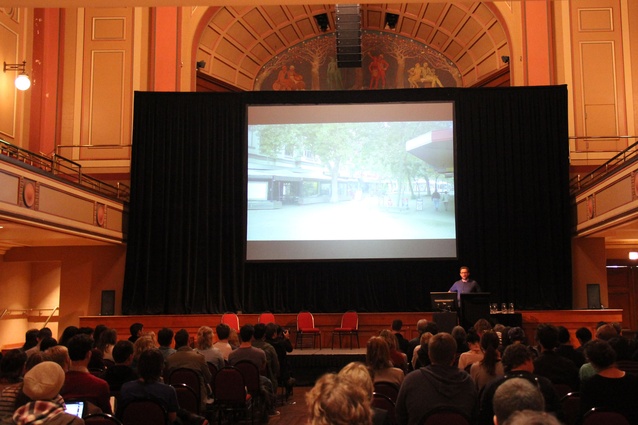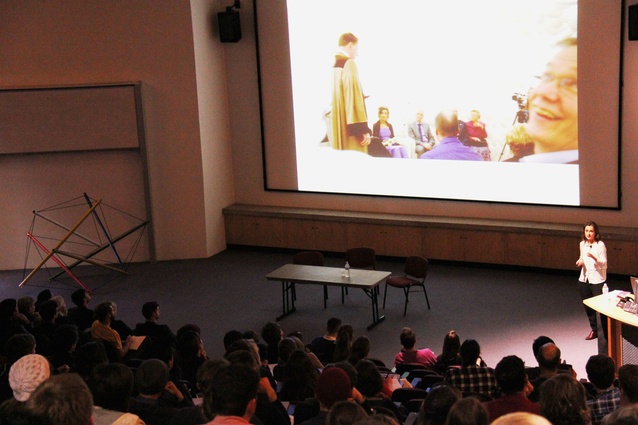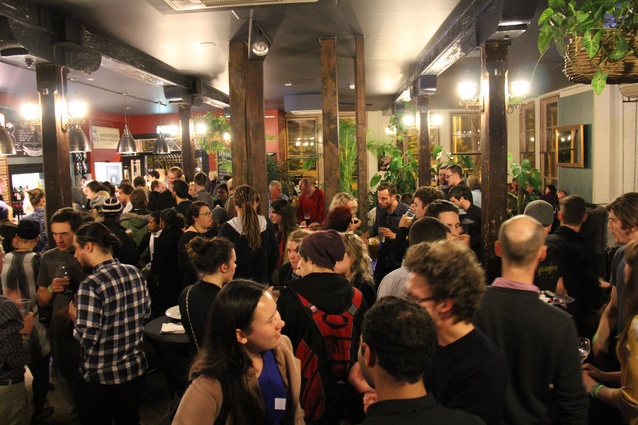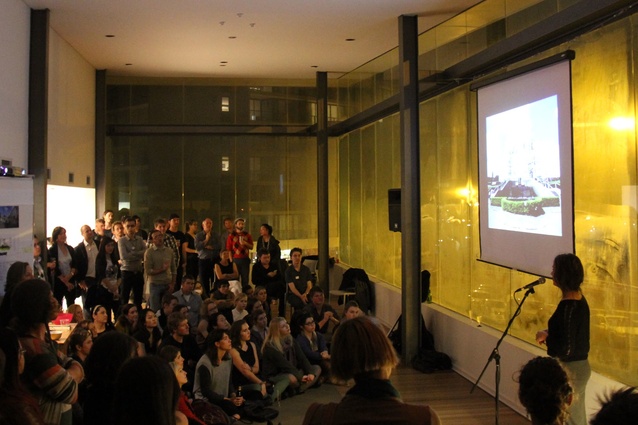Nexus 2013: a coming together of things
Graduate Sarah Lynn Rees reviews Nexus – the 2013 Australia & New Zealand Student Architecture Congress, held in Newcastle, New South Wales.
There are certain things on my calendar that I would not miss given the opportunity to go. Be it the Architecture Awards, Superstudio, or any occasion where people come together to celebrate, communicate, and in the nature of architecture – compete.
The wonderful thing about architecture at every stage is that while we may do our best to take a sneak peek at a classmate or competitor in the professional field, at the end of the day we all come together to celebrate each other. One of these occasions was the 2013 Australia & New Zealand Student Architecture Congress – Nexus, where I heard Thomas Marshall talk about his interpretation of the word Nexus as “the coming together of things”.
So, true to our profession and the name of the conference we came together in the somewhat peculiar city of Newcastle to learn and be inspired and if nothing else, to bask in the effortless hipster that is Newcastle (Prof. Mark Taylor noted that Newcastle is in the Top 5 Hipster Cities in the world – just above Tokyo). There is so much value in stepping outside your own bubble to experience a different perspective, a different city and a different style of learning.
Digesting and unpacking the congress over the past few days I kept coming back to a few themes that evolved along the way. Each speaker took on the task of conceptualizing the city from a different angle. There were the favourites – the ego of the architect; the “we don’t do architecture for the money;” and the social responsibility of the sustainable architect – although this was likened by Jan van Schaik to being as useful a term as being a “waterproof architect.” This sparked a lively twitter debate and resulted in Stuart Harrison (RRR The Architects) having to explain his way out of why he markets himself as a sustainable architect.
There were serious themes too. Richard Francis Jones talked about pseudo public realms of consumption disguising themselves as “community” in shopping centre, hotels and airports. Rory Hyde’s take on the rezoning of Fisherman’s Bend in Melbourne, and how architects, when given a great challenge, tend to respond in the politest way. His comments left me thinking that with the increased specialization of the role of architect, we may perhaps be specializing ourselves out of the profession altogether.
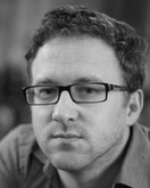
But even amidst the gloom there was a glimmer of humour (or hope). Rory Hyde opened with the words: “I like to start my presentations with a healthy does of pessimism.” Jan van Schaik justified procrastination by calling it “an important part of the design process”. Considering most students I know tend to indulge in a little procrastination from time to time, here’s hoping… David Parken (CEO of the AIA) gave a hopeful and informative presentation on the future climate of the profession, however all roads lead to the local keynote Marcus Westbury and his project Renew Newcastle – injecting life back into the city, one empty shop at a time. It will be interesting to see how Renew Newcastle influences Australia and the world.
Being of Indigenous descent, I couldn’t help but be captivated and inspired by two ideas that while unrelated, seem to propose a way to combine tradition with technology. Peter Stutchbury spoke with a sense of disbelief about developments in Newcastle that neglect to respect the sacred spaces of the indigenous people. His emphasized the importance of respecting history and understanding that the origins of place should inform the way we move forward.
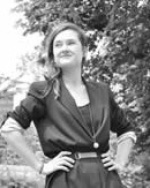
By contrast, Hedwig Heinsman (DUS Architects) presented with a flair made all the more remarkable by that fact that she had come straight from the airport after a 72-hour journey. In what a friend termed “true Dutch style” she decided that she wanted to build a life size 3D printer – so she did. Importantly she asked the question – what should be designed and built with it? A common debate is that the invention of 3D printing lends itself to being used as a means of production for complex parametric forms, however she spoke of reintroducing the vernacular as a way of reinterpreting the origins of a city.
Overall, Nexus made for an incredible few days, and credit must be given to the congress directors Tom, Joe and Rianda. I’m already looking forward to the next Student Congress #ppl in Melbourne in 2015.

